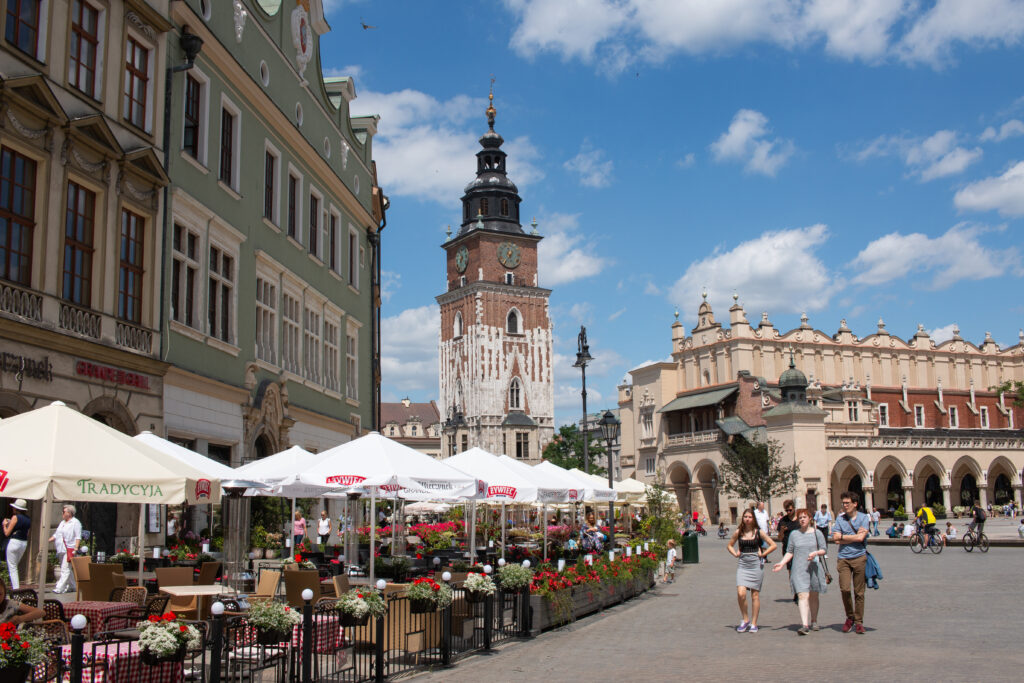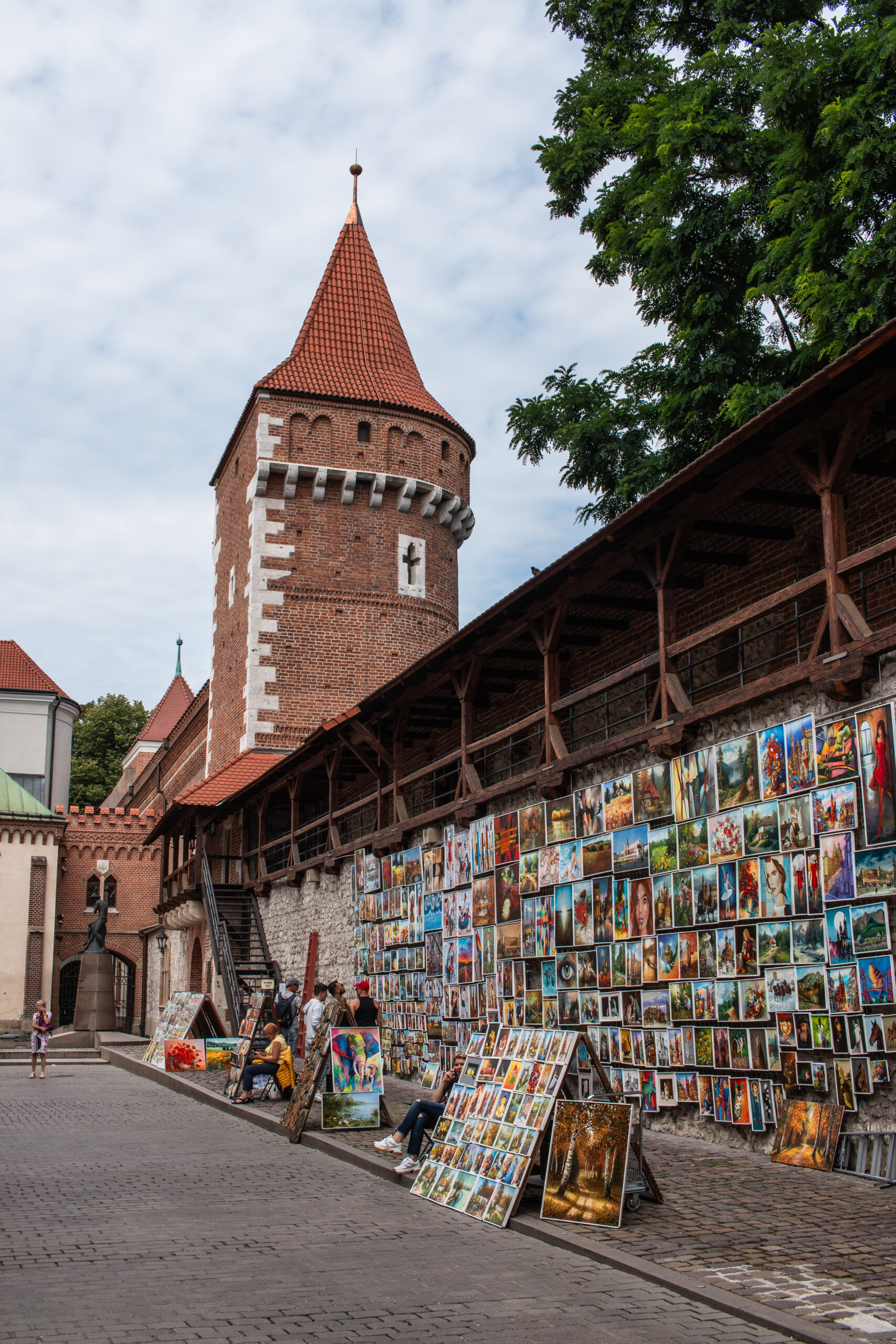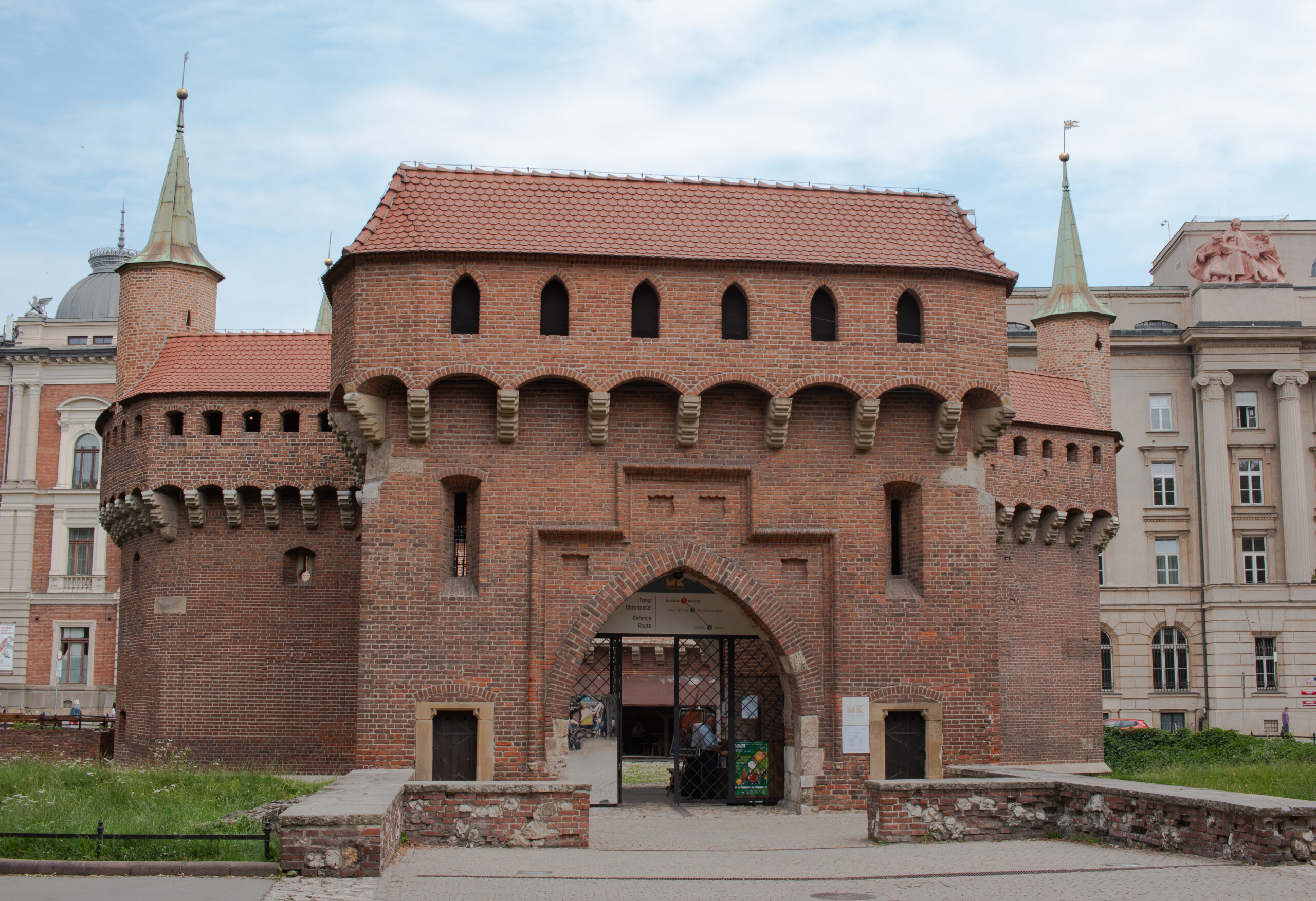Krakov
In the back of my mind, I had the positive and enthusiastic remarks that friends had made about visiting Krakov many years before. With easy access back home to Mallorca, it seemed to be an excellent way to end my trip through Lithuania, Latvia, Estonia, and Poland.
So far, this trip had taken me to several cities with spectacular medieval quarters, most notably Vilnius and Tallinn. Fortunately, Krakov survived the ravages of World War II and shares its shining examples of medieval architecture.
Krakov old town is a UNESCO World Heritage Site. Like many cities with such well-preserved old quarters, there is so much to see and admire from street level that the best way to do it justice is to wander and explore.
Although a popular destination, it never felt overcrowded whilst I was there in 2020. However, those were COVID-19 times.







Wawel Castle
Wawel Castle occupies a hill which has been inhabited since the 7th century AD and forms part of Krakov Old Town. The extensive complex of buildings that make up Wawel Castle give the impression that it is a small fortified town in its own right.
Important stone structures were first erected in the 11th century at Wawel. The 14th century saw the addition of a gothic cathedral and royal palace. In the 16th century Wawel underwent rebuilding and remodelling in the Renaissance style. Look carefully and you will see remains from each of those eras.




